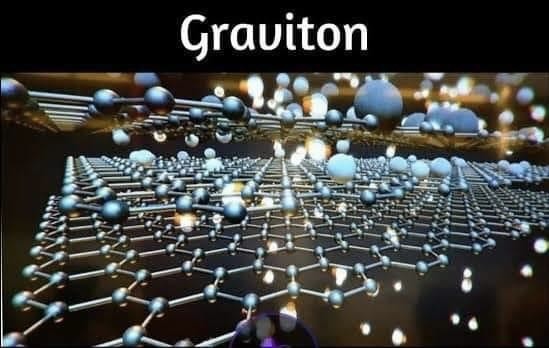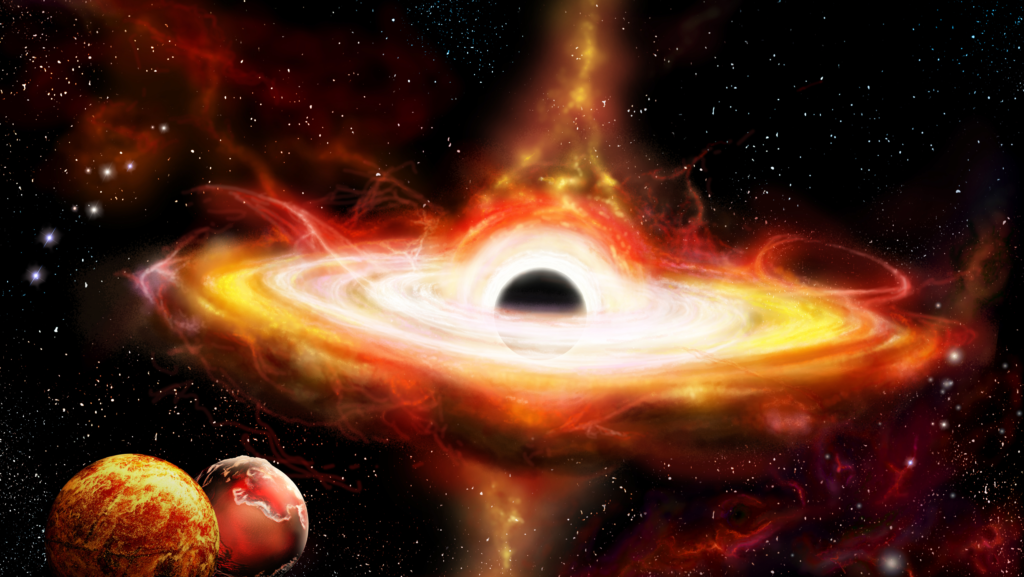Dive into the fascinating world of Photonic Matter, a concept that calls into question our understanding of the universe’s fundamental building parts. While photonic matter is still a theory, the possibilities it offers are astounding. Photons, the fundamental units of electromagnetic energy, have the ability to interact with one another and turn into matter, blurring the distinction between energy and substance. Under certain conditions, groups of photons can slow down, develop mass, and even form photonic molecules or crystals, according to this intriguing theory. Consider the ramifications of a new form of matter that is totally composed of light.
As we push the boundaries of scientific understanding, Photonic Matter is an exciting frontier that has the potential to change our view of the universe.
Quantum Physics
“We never conduct experiments with a single electron, atom, or (small) molecule.“ “In thought experiments, we sometimes assume that we do; this always has ridiculous consequences,” Erwin Schrödinger wrote in 1952.
Despite this, the Nobel Prize in Physics was granted sixty years later for experimental advances that enabled the detection and control of individual atoms and photons. Precision experiments employing a single photon or atom constitute the foundation of today’s time and frequency standards, as well as tomorrow’s quantum technology.

In 2012, two Quantum Physicists Dr S.Haroche and Dr D. Wineland received a Nobel Prize for their experiments which showed that “a Particle can be at two locations at the same time“ – These experiments indirectly showed that Parallel Universe DO EXIST.
Photonic Matter
Scientists do not know of photonic matter is real. It is a theoretical substance. In theory, photonic matter can be created by the interaction of photons. Photons are the basic units of electromagnetic energy. They are units of energy, not matter. However, because matter and energy can be converted into one another, photons, at least in theory, can be used to create matter. Matter was created during the big bang. Most of the matter here on Earth is composed of atoms.
Subatomic Particles: Ordinary atoms consist of three subatomic particles: protons, neutrons, and electron. Protons and neutrons are found in the nuclei of atoms, while electrons are found in the electron shell.

Groups of photons can be made to interact with each other, slow down and gain mass (under special conditions) to form molecules or crystals made of photons with strong mutual attraction. This new state of matter is called “Photonic Matter.”
Since Photons always travel at speed of light, from the perspective of Photon, there is no such thing called Time. A Photon emitted by a galaxy billions of light years away might take billions of years to reach the earth but for the Photon, zero time has elapsed during it’s journey!
What is Gravitons

- Graviton, a hypothetical quantum considered to be the carrier of the gravitational field. It is comparable to the well-known photon of the electromagnetic field.
- Gravitons, like photons, are massless, electrically neutral particles that travel at the speed of light.
- Because gravitons appear to be similar to their antiparticles, the concept of antigravity is dubious.
- Gravitons have not been directly seen; nonetheless, investigations of weak lensing of distant galaxies in 2016 indicated that the graviton’s mass was less than 6 x 10-32 electron volts.
- Graviton is postulated quantum that is thought to be the carrier of the gravitational field. This is similar to an established photon in an electromagnetic field. Like photons, gravitons are massless, electrically uncharged particles that move at the speed of light.
What is Dark Matter
If you pick up a heavy package and you look inside it, you might not see some things inside, but it is quite heavy. This is an example of dark matter the weight of the bag tells us that something is present in the bag But when you look inside the bag, you see nothing۔ This is how astronomers came to know about the dark matter۔ The story of this dark matter started in 1930۔
Idea of Dark Matter:
The story of the dark matter started in 1930. One swiss astronomer Fritz Zwicky was looking at the Galaxies. Note that the astronomers had come to know about the galaxies in the 1920’s and they realized that the smudge on the sky visible to the eye with a telescope are actually galaxies. This discovery was made in the 1920’s.
Now in 1933, Fritz Zwicky a prominent, and colorful astronomer observed that when you see the galaxies in clusters And you see their speed you realize that these galaxies should not be in those clusters meaning that the galaxies are movie so fast that they should fly away from the clusters because we do not see that much gravity in their masses which can hold them.
One idea was that we are seeing in cluster of galaxies only when these galaxies are passing through the cluster but he noted that there are many galaxy clusters in our universe so he said this was not possible. So, the question is why are galaxies a part of the cluster. So Fritz Zwicky said in 1933 that possibly there is some dark matter not visible to us because of which these galaxies are a part of these clusters.
What Fritz Zwicky said in the 30s was not taken seriously by anybody but in the 1970’s this matter came to the forefront again And discussion begun about galaxies, individual galaxies.
Dark Photons Significance
Dark photons are enigmatic and hypothetical particles that have captivated physicists and cosmologists. These particles are thought to be dark matter candidates, potentially accounting for a large fraction of the universe’s unknown matter. They are thought to interact very weakly with ordinary matter and light, which is why they have remained undetected thus far.
The importance of dark photons stems from their ability to help answer some of astrophysics’ and cosmology’s most urgent issues. If they exist, they may reveal information about the nature of dark matter and its interactions. Furthermore, dark photons could be in charge of mediating a secret force in the universe, which could have far-reaching ramifications for our knowledge of fundamental physics.
Exploring dark photons is like opening a door to the unknown, as they have the potential to shed light on some of the deepest mysteries of the cosmos. Their existence, or lack thereof, could reshape our understanding of the universe and its underlying structure, making them a captivating topic of study in the world of theoretical physics.

